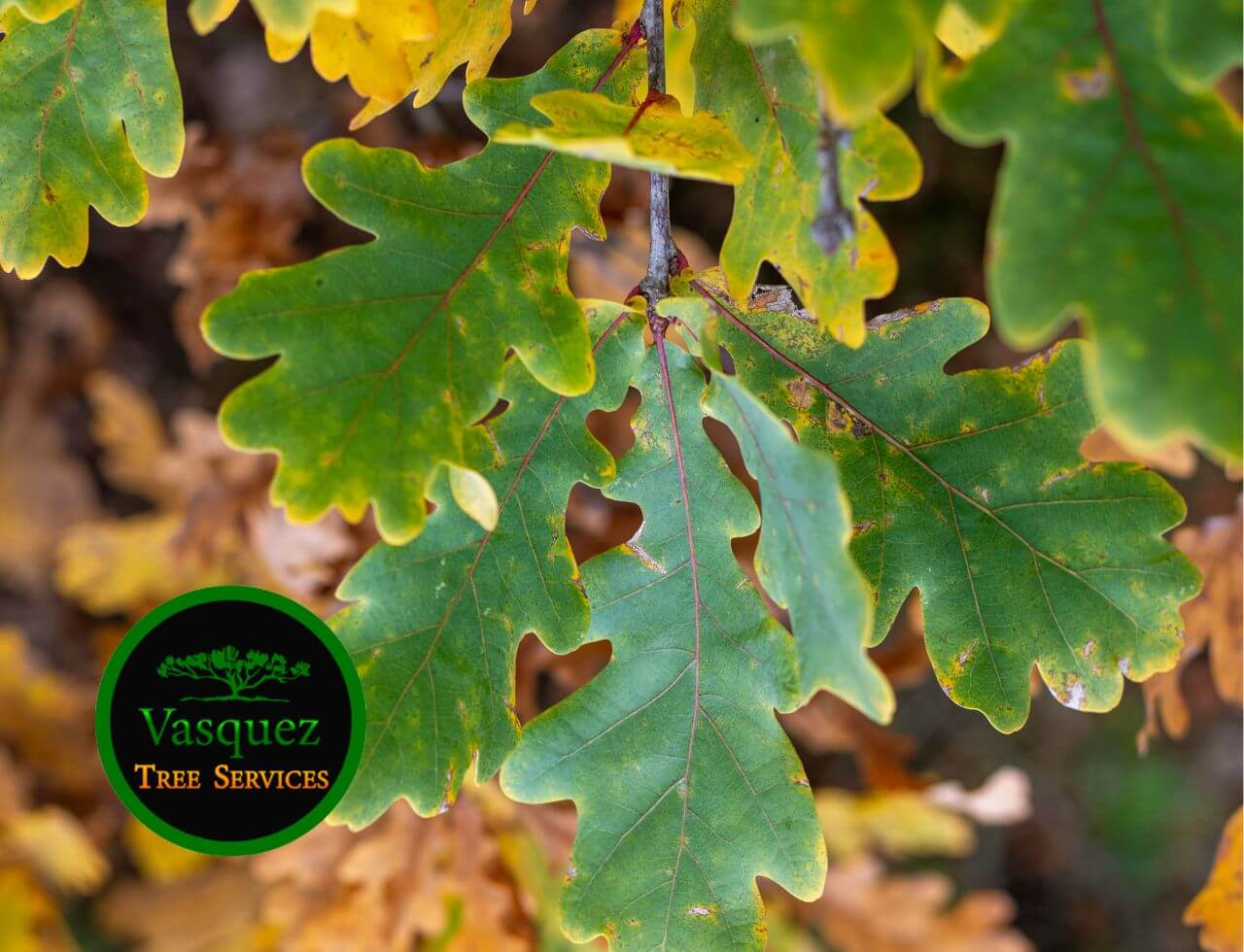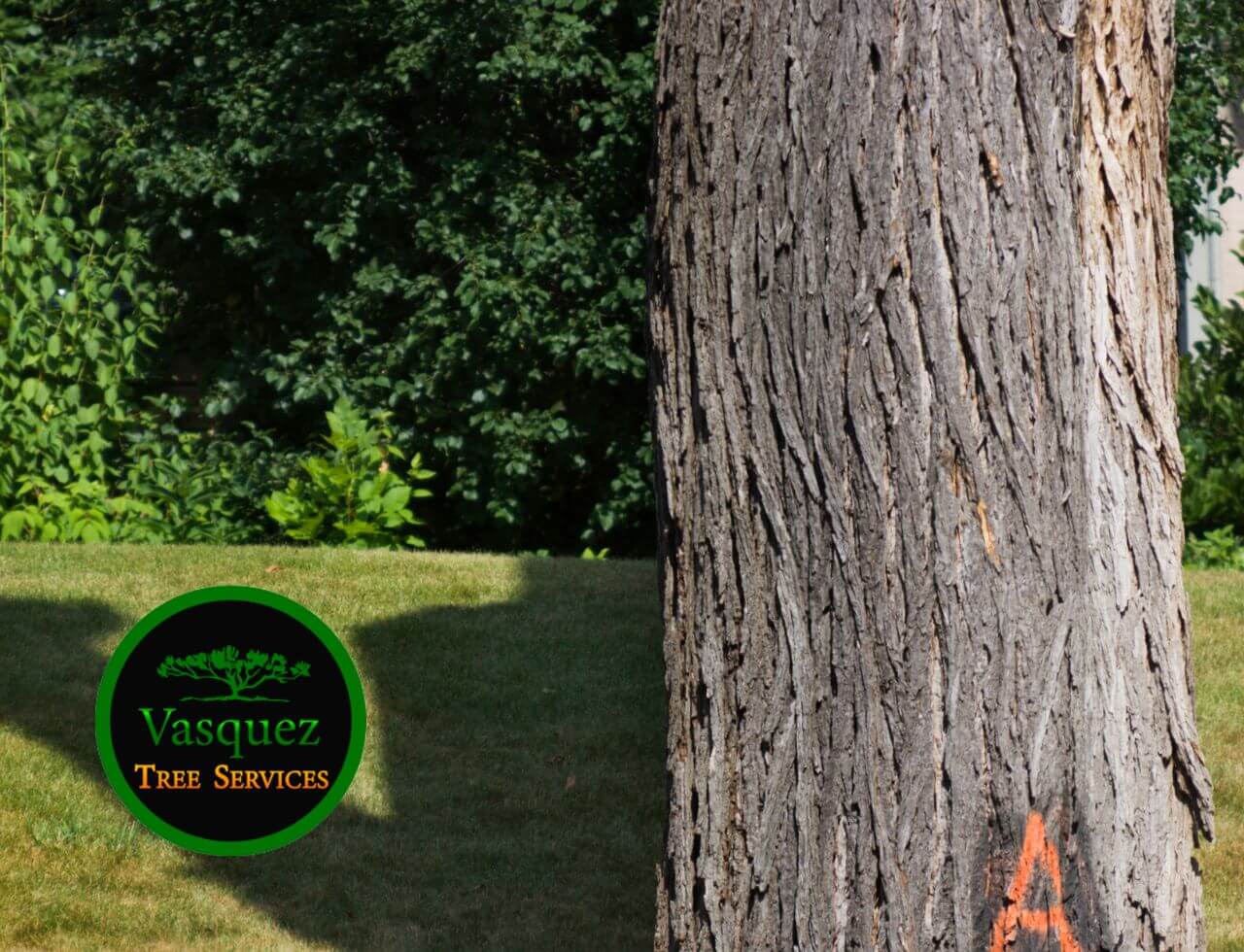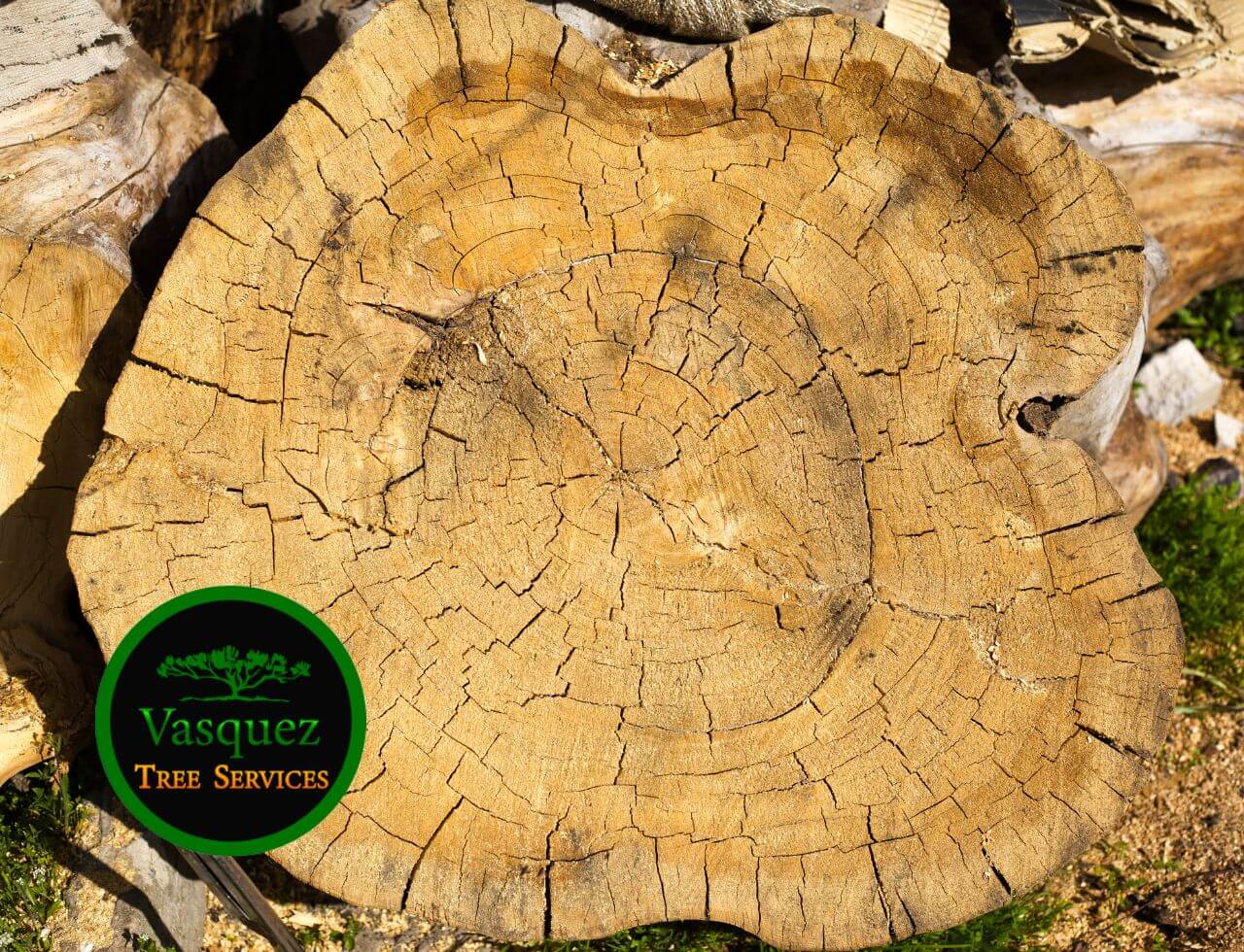
Common Tree Diseases in Little Rock You Should Know
Trees are vital to our environment, offering beauty, shade, and ecological benefits. However, they are susceptible to various diseases that can weaken their health and reduce their lifespan. Recognizing and addressing these issues promptly is essential for maintaining a vibrant and thriving landscape. In Little Rock, tree diseases can be caused by fungal infections in trees, tree pests, or environmental factors. This guide will help you identify, prevent, and treat common tree diseases in the area.
Recognizing Common Tree Diseases in Little Rock
Trees in Little Rock face challenges from the humid climate, fluctuating temperatures, and pests and pathogens. Here are the most prevalent tree diseases in the region:
1. Oak Wilt (Ceratocystis Fagacearum)
 Oak wilt is a highly destructive fungal disease that targets oak trees. It disrupts the flow of water and nutrients, leading to rapid wilting and death.
Oak wilt is a highly destructive fungal disease that targets oak trees. It disrupts the flow of water and nutrients, leading to rapid wilting and death.
Symptoms:
- Wilting and discoloration of leaves, often starting from the top of the tree.
- Dark veins or veinal necrosis on leaves.
- Premature leaf drop and branch dieback.
Prevention and Treatment:
- Prune oak trees during the dormant season to minimize the risk of infection.
- Avoid injuring oak trees during their growth phases, as wounds create entry points for fungi.
- Consider fungicide treatments to protect healthy trees in high-risk areas.
2. Dutch Elm Disease (Ophiostoma Ulmi and Ophiostoma Novo-Ulmi)
 Dutch Elm Disease is a fungal infection in trees spread by bark beetles or root grafts. It devastates elm trees, often leading to tree death within weeks.
Dutch Elm Disease is a fungal infection in trees spread by bark beetles or root grafts. It devastates elm trees, often leading to tree death within weeks.
Signs to Watch For:
- Yellowing, curling, and wilting of leaves, often in the upper canopy.
- Brown streaking beneath the bark.
- Rapid dieback of branches.
Control Measures:
- Promptly remove and destroy infected trees to prevent the disease from spreading.
- Plant disease-resistant trees to reduce vulnerability.
- Use fungicide injections as a preventive measure in healthy trees.
3. Fire Blight (Erwinia Amylovora)
 Fire blight primarily affects fruit-bearing trees like apple, pear, and crabapple trees. This bacterial disease gives the appearance of scorched or burnt leaves.
Fire blight primarily affects fruit-bearing trees like apple, pear, and crabapple trees. This bacterial disease gives the appearance of scorched or burnt leaves.
Symptoms:
- It blackened, shriveled leaves and twigs that appear burnt.
- Cankers on branches and trunk.
- Oozy liquid from infected areas during warm weather.
Prevention and Treatment:
- Prune infected branches during the dormant season to prevent spreading.
- Avoid over-fertilizing with nitrogen, as excessive growth can make trees more susceptible.
- Dispose of all infected plant material properly
4. Anthracnose (Various Fungi)
 Anthracnose is a fungal infection in trees affecting many species, including sycamores, oaks, and maples. It typically appears in the spring when conditions are moist and warm.
Anthracnose is a fungal infection in trees affecting many species, including sycamores, oaks, and maples. It typically appears in the spring when conditions are moist and warm.
Symptoms:
- Brown or black irregular spots on leaves.
- Twisted or dying shoots and twigs.
- Premature leaf drop.
How to Manage Anthracnose:
- Increase airflow by pruning and thinning crowded branches.
- Remove fallen leaves and other debris to reduce fungal spores.
- Apply fungicides if infections are severe or recurrent.
5. Tree Root Rot
 Tree root rot is caused by poor drainage and overly wet soil conditions, leading to fungal infections in trees. This disease can severely impact the tree’s health and stability.
Tree root rot is caused by poor drainage and overly wet soil conditions, leading to fungal infections in trees. This disease can severely impact the tree’s health and stability.
Signs to Recognize:
- Stunted growth and yellowing or wilting of leaves.
- Mushrooms or fungal growth near the base of the tree.
- Soft, decayed roots when exposed.
Prevention and Control:
- Improve soil drainage by aerating compacted areas.
- Water trees only as needed to avoid oversaturation.
- Replace severely infected trees with disease-resistant trees.
6. Sudden Oak Death (Phytophthora Ramorum)
Sudden Oak Death is a serious disease caused by water mold. It primarily affects oak trees and some shrubs. It spreads rapidly and can result in significant dieback.
Symptoms:
- Browning of leaves and branch tips.
- Dark cankers seeping black or reddish liquid on the trunk.
- Rapid decline and death of the tree.
Prevention Tips:
- Ensure proper drainage around trees to avoid standing water.
- Regularly inspect trees for early signs of the disease.
- Remove and dispose of infected trees to prevent spreading
How to Promote Tree Health and Prevent Diseases
Healthy trees are better equipped to withstand diseases and tree pests. Adopting proactive care strategies can prevent many of the shared tree diseases in Little Rock:
- Routine Inspections: Regularly check your trees for signs of disease, such as discoloration, unusual growths, or dead branches. Early detection is critical to successful treatment.
- Proper Pruning: Remove dead or diseased branches to improve air circulation and reduce the chances of fungal infections in trees. Always prune during the appropriate season to avoid stressing the tree.
- Maintain Healthy Soil: Trees thrive in well-drained, nutrient-rich soil. Avoid overwatering and consider mulching to retain moisture and improve soil quality.
- Choose Disease-Resistant Trees: When planting new trees, opt for varieties resistant to tree root rot and other common tree diseases. This can save time, effort, and resources in the long term.
- Seek Professional Help: When in doubt, seek help from certified arborists or tree care experts. They can assess your trees’ health and recommend tailored solutions for treating tree diseases.
Protect Your Trees with Professional Help
 Little Rock’s beautiful trees are a cornerstone of its natural charm. Protecting them from common tree diseases like oak wilt, fire blight, and tree root rot ensures their longevity and the value they bring to your property. While routine care and disease prevention are crucial, some tree issues require expert knowledge and specialized tools. If you notice signs of disease or simply want to ensure your trees are thriving, it’s time to seek professional help. Expert arborists can diagnose problems, recommend tailored treatments, and provide preventative care to keep your trees healthy and robust. From treating tree diseases to safeguarding trees from tree pests, experienced tree care professionals have the skills and solutions you need. Don’t wait until it’s too late—take proactive steps to protect your trees and maintain the beauty of your property. Contact a trusted tree care service in Little Rock today to schedule an inspection or consultation. Let the experts help you preserve your trees and ensure they thrive for years!
Little Rock’s beautiful trees are a cornerstone of its natural charm. Protecting them from common tree diseases like oak wilt, fire blight, and tree root rot ensures their longevity and the value they bring to your property. While routine care and disease prevention are crucial, some tree issues require expert knowledge and specialized tools. If you notice signs of disease or simply want to ensure your trees are thriving, it’s time to seek professional help. Expert arborists can diagnose problems, recommend tailored treatments, and provide preventative care to keep your trees healthy and robust. From treating tree diseases to safeguarding trees from tree pests, experienced tree care professionals have the skills and solutions you need. Don’t wait until it’s too late—take proactive steps to protect your trees and maintain the beauty of your property. Contact a trusted tree care service in Little Rock today to schedule an inspection or consultation. Let the experts help you preserve your trees and ensure they thrive for years!



